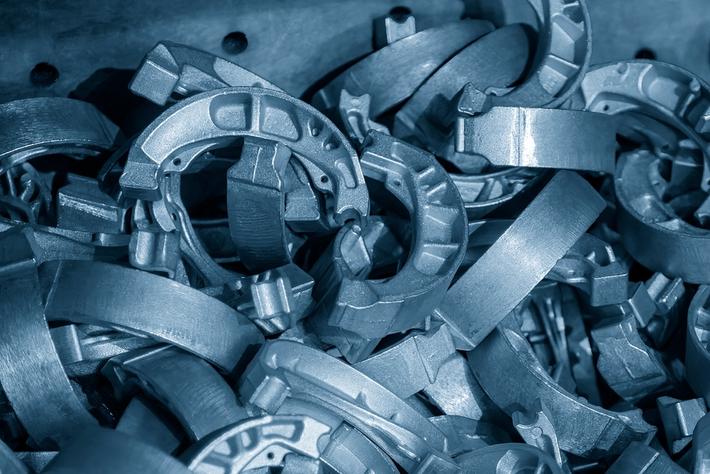
Aluminum demand in the EU to 2050: primary/recycled metal ratio, parity objective
To make the most of the natural eco-sustainability of the light metal, it will be essential to optimize the scrap treatment and remelting technologies and promote the use of green primary aluminium.
Aluminium, thanks to its properties and in particular its natural recyclability, plays a fundamental role in the transition towards a zero-emission economy.
But the growth curve of recycled metal is inevitably a step behind that of global metal demand. According to World Bank analysts, the share of aluminum coming from recycling, even by maximizing the recovery rate of scrap at the end of its life, would in fact be able to satisfy only around 60% of the total world demand for the light metal, estimated to grow about 40-50% by 2050.
The demand for aluminum in Europe today
Today Europe has a requirement of around 8 million tonnes of primary aluminum per year out of a total use of raw metal, including that from recycling, of just over 13.5 million tonnes, with the greatest use in the EU. In Europe, however, the production of primary aluminum is constantly decreasing due to high electricity tariffs, labor costs and social and environmental costs, without any new smelter having been opened in the last twenty years. In recent years the EU has lost 65% of its domestic primary production, which today is only worth around 950,000 tonnes.
At the same time, EFTA countries - Norway and Iceland - increased their primary production by 1 million tonnes per year in 2023 compared to 2000. Their annual supply of the metal to the EU reached around 2.2 million tons, therefore approximately 33% of total primary imports into the EU. Even if primary production growth in EFTA countries in 2050 was 25% above current levels, and all metal produced by EFTA in 2050 was sold exclusively to the EU, the EU would still face a deficit that can only be covered by alternative imports.
Considering the EU's current domestic primary production, the 2.2 million tonnes of potential imports from EFTA, additional primary imports from countries outside the EU/EFTA would need to be around 5 million tonnes to meet a demand for aluminum in 2050 is expected to be around 9 million tonnes per year for a global use of around 18 million tonnes, taking into account the growing share of recycled metal.
However, this would be an excellent result, remembering that in many cases the recovery and recycling process requires variable quantities of primary metal to be added to the scrap to be remelted - today generally between 10 and 40%, depending on the quality of the scrap - to obtain a final aluminum with adequate characteristics.
Given the goal of making best use of low-quality scrap in internal recycling and recovering a greater quantity of scrap from post-consumer sources, it is very likely that this ratio will be maintained in the future. Let's not forget that, on average, aluminum products have a long useful life, for example around 50 years in the building construction sector and around 15 years in transport vehicles. This longevity, combined with growing demand for the metal, means that the amount of aluminum reaching the end-of-life stage (and therefore available as post-consumer scrap) is limited and not 'in step' with the continued growth in global demand for the metal raw.
In conclusion, to develop a truly circular and eco-sustainable economy, Europe will still need increasing quantities of primary aluminium, despite the precious increase in recycling rates. Since primary aluminum is not all the same in quality, it will be possible to select and look with the utmost attention at the one with low CO2 emissions, which makes the objectives of the Green Deal more easily achievable.
It is a very important game to play, and this is exactly the reason why, as we have been insisting for some time, limiting the import of green primary metal into the EU would be a self-defeating and irresponsible choice, capable of undermining both industrial development in Europe and the path to the green transition.
Source: A&L Aluminium Alloys Pressure Diecasting Foundry Tecniques


